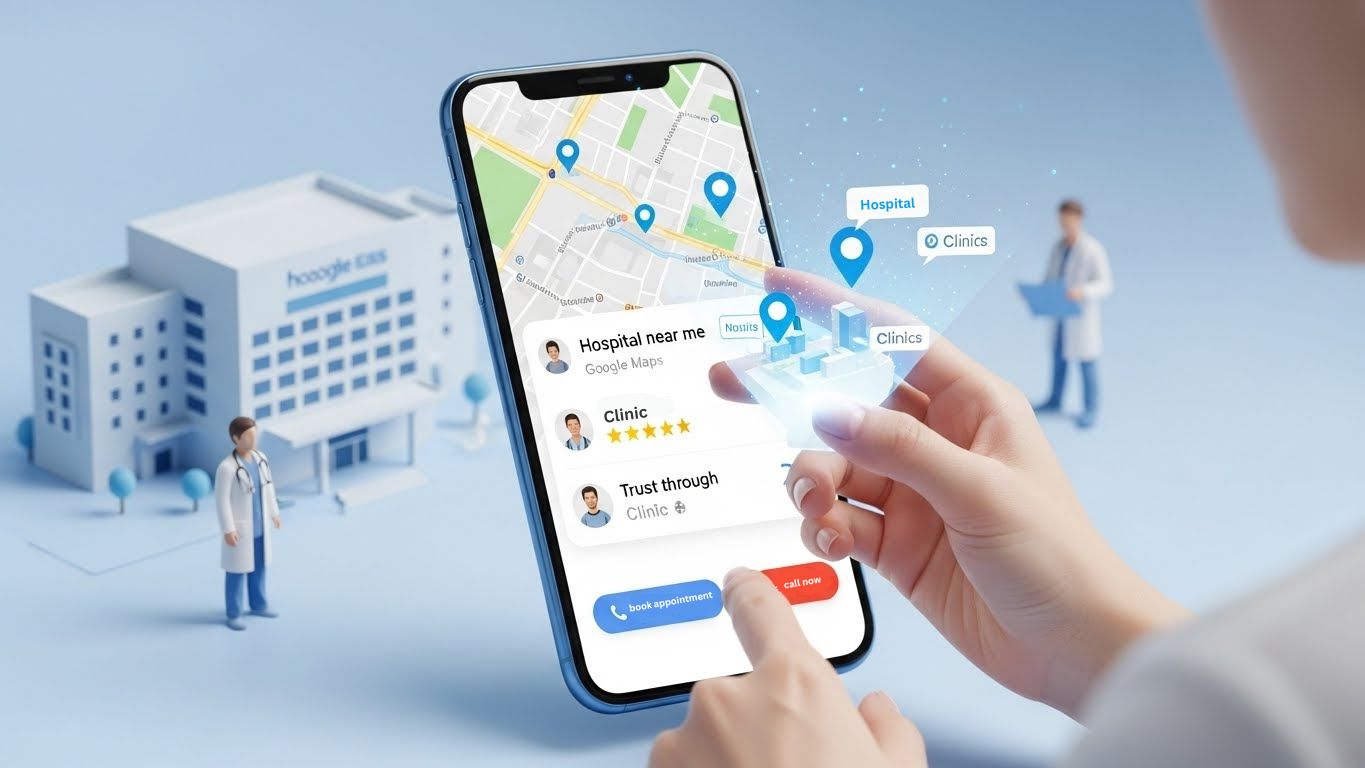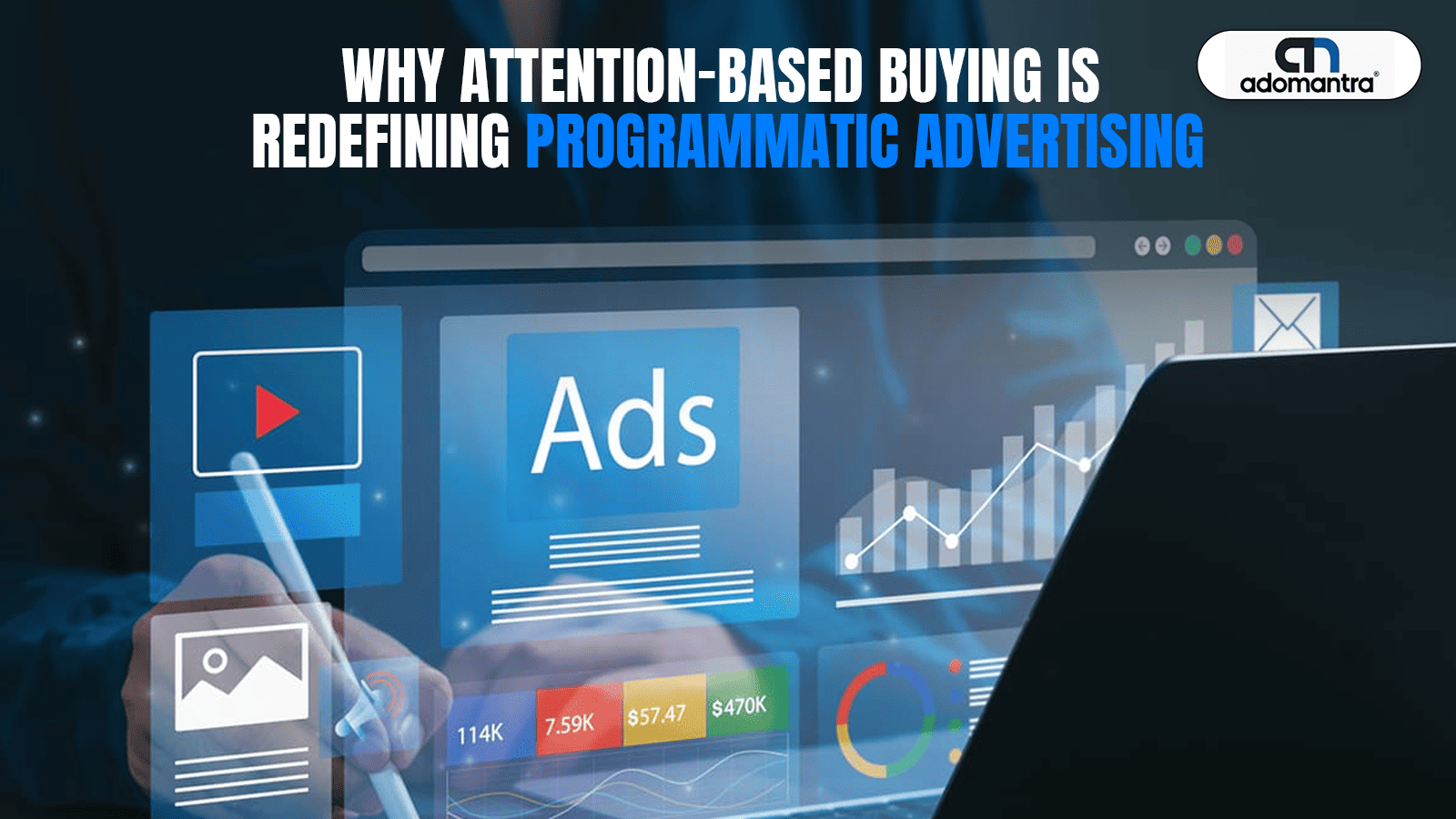
Understanding Brand Safety and Viewability Metrics in Video Campaigns
Video ads are everywhere. But are they being seen in the right places by the right people? That is where brand safety and viewability metrics come in. These are not just industry buzzwords. They are critical to how your video campaigns perform and how your brand is perceived.
In today’s digital world, it is not enough to launch a campaign and hope for results. Brands need to make sure their ads appear in safe environments and are actually viewed by users. Viewability is about visibility. Brand safety is about trust. Both can directly affect your ROI.
If your video ad plays at the bottom of a risky website where no one scrolls, it does not just waste your budget. It could hurt your brand.
Why Brand Safety Matters in Video Advertising
Brand safety ensures your video ads do not appear next to content that is offensive, misleading, or inappropriate. Think of fake news, adult content, or violent material. For a brand, even one wrong placement can cause long-term damage.
According to a 2023 report by IAS (Integral Ad Science), 82 percent of consumers say they feel less favorable toward brands whose ads appear near low-quality or harmful content.
In sensitive industries like finance, healthcare, or education, the stakes are higher. Brands need to protect their reputation while reaching the right audiences.
Common brand safety risks include:
- Hate speech or violent content
- Misinformation or fake news
- Infringing or pirated media
- User-generated content without moderation
Technical Measures for Ensuring Brand Safety
- Use of blacklists and whitelists to filter placements
- Contextual analysis using AI-based tools
- Pre-bid blocking of unsafe inventory
- Post-bid monitoring for real-time adjustment
Brands should also adopt the Global Alliance for Responsible Media (GARM) guidelines to ensure consistency in safety standards.
Technical Understanding of Viewability Metrics in Video Campaigns
Viewability metrics help advertisers measure how much of an ad is seen and for how long. This data helps marketers evaluate if their video ads are generating actual attention.
Key viewability metrics include:
- Video Viewability Rate – Percentage of video ads that met the minimum viewability threshold.
- Quartile Completion Rates – Tracks if users watched 25%, 50%, 75%, or 100% of the video.
- View-Through Rate (VTR) – Number of completed views divided by total impressions.
- Audible and Visible on Completion (AVOC) – Percentage of ads both seen and heard until the end.
- Average Watch Time – How long viewers stayed engaged with the video.
According to the Media Rating Council (MRC) and IAB, a video ad is viewable when at least 50 percent of its pixels are visible for 2 continuous seconds.
Moat by Oracle states that the global average video ad viewability stands at 66 percent, while high-performing campaigns exceed 80 percent.
Integrating Brand Safety and Viewability Metrics in Ad Strategy
Both brand safety and viewability metrics can work together to build a strong video campaign. However, focusing on one while ignoring the other can lead to poor results.
Key strategies include:
- Use premium inventory with verified publishers to ensure both safety and visibility.
- Apply contextual targeting and semantic analysis to avoid unsafe environments.
- Implement Supply Path Optimization (SPO) to cut out low-value intermediaries.
- Combine tools like IAS, Moat, and DoubleVerify for real-time validation.
- Set minimum viewability benchmarks in programmatic buys (e.g. 70 percent+ viewable rate).
Example: A global B2B software firm improved conversion rates by 35 percent after implementing AVOC tracking and blocking low-quality sources.
Brand Safety Tools and Ad Verification Platforms
To ensure optimal performance, marketers need tools that offer both brand safety and viewability metrics. These platforms provide third-party validation and insights.
Top ad verification platforms include:
- Integral Ad Science (IAS) – Offers AI-powered real-time risk detection.
- DoubleVerify (DV) – Monitors fraud, safety, and viewability across environments.
- Moat by Oracle – Specializes in detailed attention metrics.
- Comscore – Measures cross-device campaign delivery.
These tools let marketers block unsafe placements before the ad is served. They also report viewability performance to help improve campaign optimisation.
A 2024 Forrester study found that 74 percent of top brands using ad verification tools saw better ROI within six months.
The Business Impact of Strong Viewability and Brand Safety
Poor viewability equals wasted spend. Unsafe ad placements reduce consumer trust. Combined, these can derail your brand image and performance.
Benefits of focusing on brand safety and viewability:
- Better ROI with fewer wasted impressions
- Higher trust and engagement from viewers
- Improved ad placement quality
- Lower fraud and ad clutter
- Stronger brand positioning in competitive markets
Smart B2B brands align campaign KPIs with safety and viewability goals. This makes their media spend more accountable.
Final Thoughts and CTA
Today’s B2B marketers must do more than just reach audiences. You must reach them with impact, visibility, and trust. Brand safety and viewability metrics are not optional anymore. They are core to smart video campaign planning.
Adomantra supports brands with data-backed strategies that protect brand reputation and maximize video engagement. From ad tech integrations to custom optimisation, we help you scale the right way.
Ready to power your video campaigns with trust and precision? Let’s connect.
Frequently Asked Questions
Q1. What is the ideal viewability rate for video ads?
A1. A good viewability rate for video ads is 70 percent or higher. High-performing campaigns often exceed 80 percent, as per industry benchmarks.
Q2. How do I ensure brand safety in programmatic advertising?
A2. Use tools like IAS or DoubleVerify, apply contextual filters, block risky categories, and partner only with verified and premium ad exchanges.
Q3. Can poor viewability impact campaign ROI?
A3. Yes. Low viewability means your ads are not being seen properly, which leads to wasted impressions and lower engagement, directly affecting ROI.
Q4. Are brand safety and ad fraud the same?
A4. No. Brand safety protects your ad’s environment from harmful content, while ad fraud refers to fake or invalid traffic that wastes your budget.







